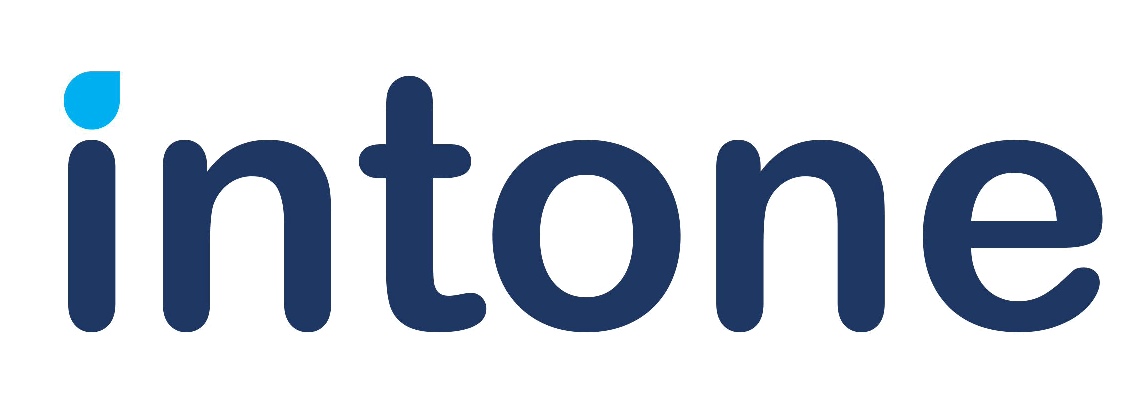Contents
As data becomes increasingly integral to daily operations, the demand for robust information security measures has escalated significantly. However, with the increasing reliance on data comes the heightened risk of data breaches and cyber threats. The landscape of cybersecurity is ever-evolving, and organizations are facing the constant challenge of safeguarding their sensitive information against breaches. Here enters the realm of continuous monitoring. Continuous monitoring stands as a crucial strategy in the arsenal of defenses against these threats.
What Do You Mean By Data Security and Continuous Monitoring?
‘Data security and continuous monitoring’ entails a proactive approach to safeguarding sensitive information by employing ongoing surveillance mechanisms. This involves the real-time, ongoing assessment of an organization’s systems, networks, and data to promptly detect and respond to potential security threats, vulnerabilities, or anomalies. It’s an active process that ensures vigilance in protecting sensitive information from unauthorized access, data breaches, or cyber-attacks.
Read more on Continuous Monitoring: Everything You Need To Know
The Significance of Continuous Monitoring
The significance of continuous monitoring lies in its ability to offer ongoing and real-time vigilance over an organization’s systems and networks. It serves several critical purposes:
Rising Threats
Cyber threats continue to evolve in sophistication and complexity. Hackers employ various tactics, from phishing and ransomware attacks to more advanced threats, making it essential to have a proactive defense system.
Regulatory Compliance
Numerous industries are subject to regulatory standards and compliance requirements. Continuous monitoring not only fortifies security but also aids in adhering to these standards, ensuring that organizations meet the necessary security protocols.
Data Breach Impact
The aftermath of a data breach can be devastating, causing financial losses, reputational damage, and loss of customer trust. Continuous monitoring serves as a preventive measure, significantly reducing the potential impact of such breaches.
You might also like to read: Data Analytics Tools For Internal Audit: Overview
Implementing Continuous Monitoring
Real-time Threat Detection
Continuous monitoring systems provide real-time alerts and notifications, allowing organizations to swiftly identify and address potential security incidents as they occur.
Vulnerability Assessment
Regularly scanning systems for vulnerabilities is a key aspect of continuous monitoring. Identifying weaknesses in security measures enables proactive measures to mitigate these risks.
Adaptive Security Measures
Continuous monitoring allows for the adaptation of security measures in response to emerging threats. It enables the implementation of immediate changes or updates to security protocols, minimizing the window of vulnerability.
Continuous control monitoring in banking sector has provided users with a unified platform for all three lines of defense, improving their automation of controls (BPA), performance reporting, data integration, and various other functionalities.
Best Practices for Effective Continuous Monitoring
Comprehending best practices is crucial for the successful implementation of continuous monitoring. Below are a set of guidelines to ensure effective security monitoring:
Encryption and Access Control
Utilize encryption techniques and robust access controls to safeguard sensitive data, ensuring that it remains secure, even if a breach occurs.
Regular Vulnerability Scans
Conduct routine vulnerability assessments and scans to identify weaknesses in the system, promptly addressing and mitigating potential risks.
Real-Time Monitoring Tools
Employ real-time monitoring tools and technologies to detect and respond swiftly to potential security threats or irregularities.
Data Integrity Verification
Regularly verify the integrity of data to ensure it has not been tampered with or compromised, maintaining its accuracy and reliability.
Comprehensive Logging and Audit of Trails
Maintain comprehensive logs and audit trails of system activities, facilitating the identification and response to security incidents.
Regular Updates and Patches
Ensure that systems and software are consistently updated with the latest patches and security updates to mitigate potential vulnerabilities.
Risk-Based Approach
Prioritize risks based on their potential impact and likelihood, focusing on high-risk areas to enhance security measures where they are most needed.
Regular Security Assessments
Conduct periodic security assessments and audits to evaluate the effectiveness of existing security measures and identify areas for improvement.
By integrating these practices, organizations can create a robust and proactive data security framework within their continuous monitoring systems, ensuring the protection of sensitive information against evolving threats and vulnerabilities.
Why Intone Gladius?
Persistent risks to organizations arise from data breaches and cyber threats. Employing continuous monitoring, which prioritizes real-time vigilance and proactive security measures, proves to be a robust defense mechanism against such threats. The integration of cybersecurity analytics into your IT operations can provide several advantages. It enables you to make swift and informed decisions, thereby enhancing business operations, compliance efforts, and risk management. Intone Gladius integrates all your security tools into a single real-time platform for continuous control monitoring, with no manual aggregation. With Gladius’s cyber security monitoring, you can design and customize your monitoring of IT security metrics and other performance analytics for better decision-making and faster, more effective responses to cyber threats. Gladius also allows you to customize your controls and monitoring alerts in ways that most security tools cannot offer and the benefits of using it include:
- Equips you to custom-craft your security controls.
- Monitors endpoints, databases, servers, networks, and data security in real time from a single platform.
- Reduces costs by achieving and proving your compliance faster and with less effort.
- Comes with a centralized IT compliance platform that helps you overcome redundancy between control frameworks, such as SOC, NIST, IASME, COBIT, COSO, TC CYBER, CISQ, FedRAMP, FISMA, and SCAP.
Contact us to learn more about how we can help you!

